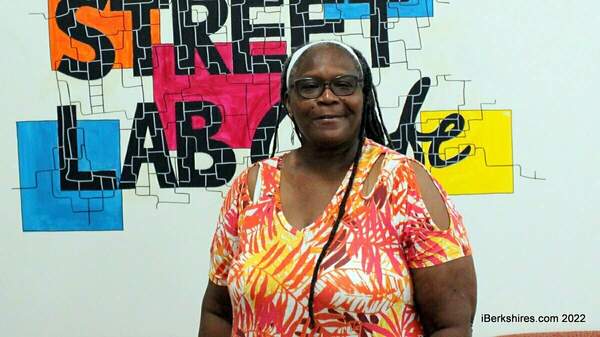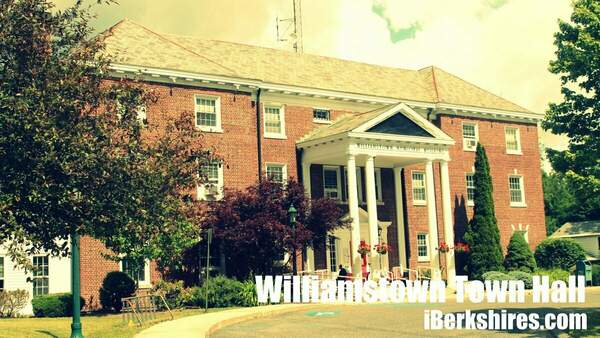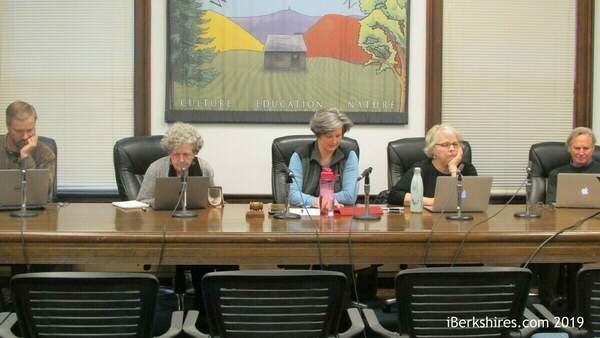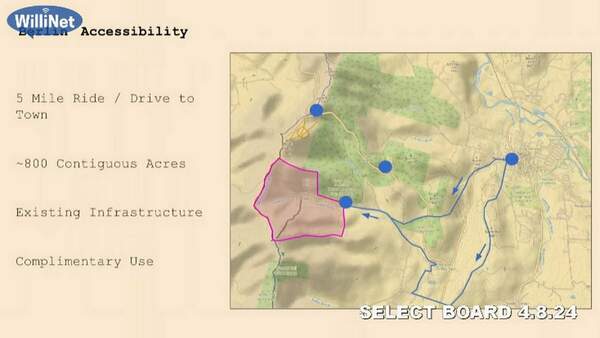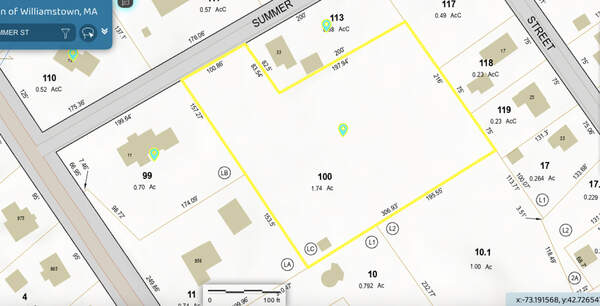Williamstown Land Discussion Will Begin Anew
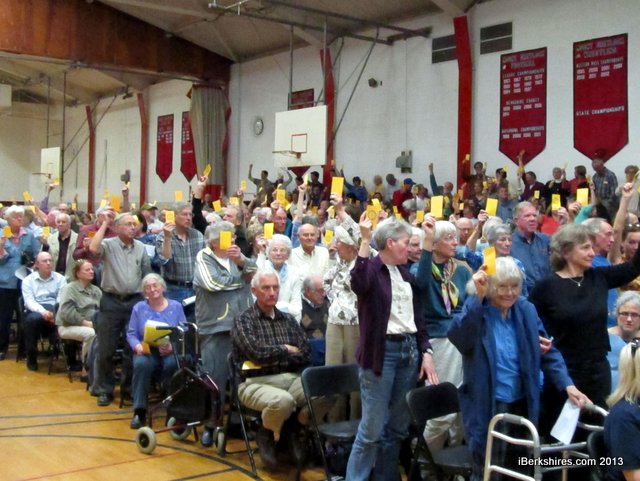 Voters last week sent the farmland vs. affordable housing debate back to town committees and boards. Voters last week sent the farmland vs. affordable housing debate back to town committees and boards. |
WILLIAMSTOWN, Mass. — When the town voted on April 24 to delay deciding the futures of two parcels of town-owned land, the margin was sizable but by no means unanimous.
Nearly a quarter of the "yellow card" votes counted at the special town meeting were cast by citizens who wanted a chance to vote on three warrant articles related to the Lowry and Burbank properties.
Ultimately, the vote of 555-172 went the other way, essentially tabling the issues and sending them back to town committees for further discussion.
That was the path recommended by three of those committees: the Board of Selectmen, which discussed a delay at its April 22 meeting; the Conservation Commission, which voted 6-0-1 to recommend a delay on April 23; and the Affordable Housing Trust, which made its advisory vote at Town Hall just 90 minutes before the meeting of voters was to get under way.
Town officials say the question of whether to use 10 acres of the Lowry property to develop affordable housing is not yet ripe and bears further study.
Opponents of development — who forced the STM in the first place with a citizens petition — left the Mount Greylock Regional High School gymnasium feeling like they did not have a chance to make their case to the voters.
At least one town committee head agreed they deserved to have that chance.
Speaking for herself — and not her committee — Planning Board Chairwoman Ann McCallum addressed the special town meeting before its vote on tabling the land articles.
"I think there is one good reason to do the citizens petition vote," McCallum said. "This is the biggest crowd I've ever seen together in Williamstown, so we could get a really good feeling of the mood of the town.
"If the mood is to keep the land in farmland in perpetuity, the town doesn't have to spend any more time and money studying it."
After the meeting, the chairman of the Affordable Housing Trust said it takes time to make complicated decisions, and the town needs to take that time.
"It was a great point by Ann," Stanley Parese said. "I think the conundrum is if we were taking the temperature (of the town), we would — by definition — be taking that temperature without full information. So we may have taken a temperature, but whether it would have been an accurate temperature, I don't know.
"But it was a very good question by Ann, certainly a fair question and a tough call."
Opponents of development say they have gathered enough information to make a convincing case that the town does not need to plow under farmland in order to meet its affordable housing needs.
Sarah Thurston, who represents the Stratton Hills Condominium Association (an abutter to Lowry), planned to read an opening statement (reprinted here) if the articles related to Lowry and Burbank had been debated instead of tabled.
"We suggest embracing a 'smart growth' strategy, which is endorsed by the state of Massachusetts, and encourages development of affordable housing in town centers, integrating it into the community and by extension, revitalizing neighborhoods," Thurston's statement reads, in part. "Ann McCallum has come up with some excellent ideas for these alternative sites and will present those to you shortly."
The opponents of developing Lowry planned to call on McCallum to present a variety of alternatives to voters — specifically the development of brownfield sites.
The Affordable Housing Committee already is pursuing development on two of the sites McCallum was to discuss (the former town garage site on Water Street) and the former PhoTech property on Cole Avenue). A third brownfield location, the former Cable Mills property on Water Street, is owned by a private developer who has had difficulty launching the project.
Numerous town leaders, including the Affordable Housing Committee and Parese's Affordable Housing Trust have said they would enjoy the opportunity to discuss building more subsidized housing on the site.
And Affordable Housing Committee Chairwoman Catherine Yamamoto, a leading advocate for keeping all the land options on the table, never misses an opportunity to note that many pieces of town land may be needed to address the town's housing need (outlined on the yellow handout reprinted here).
In 2002, the master plan identified a deficit of 164 affordable housing units, based on the state's benchmark that 10 percent of housing stock should be "affordable" by a household making no more than 80 percent of that community's median income. According to the latest U.S. Census, that would be about $58,000 a year in Williamstown.
According to the state's most recent Subsidized Housing Inventory, the town has 147 affordable units, or about 5.2 percent of its stock. The Affordable Housing Committee in 2012 released a list of 139, plus 35 proposed units. Neither of these lists included the private, nonsubsidized-but-affordable Spruces Mobile Home Park, two-thirds of which was destroyed by Tropical Storm Irene in 2011.
"It's a big problem, and it needs a big solution," Yamamoto said last December.
Documents that the opponents of a proposed development of Lowry had hoped to hand out can be read here.
Tags: affordable housing, farmland, special town meeting,


